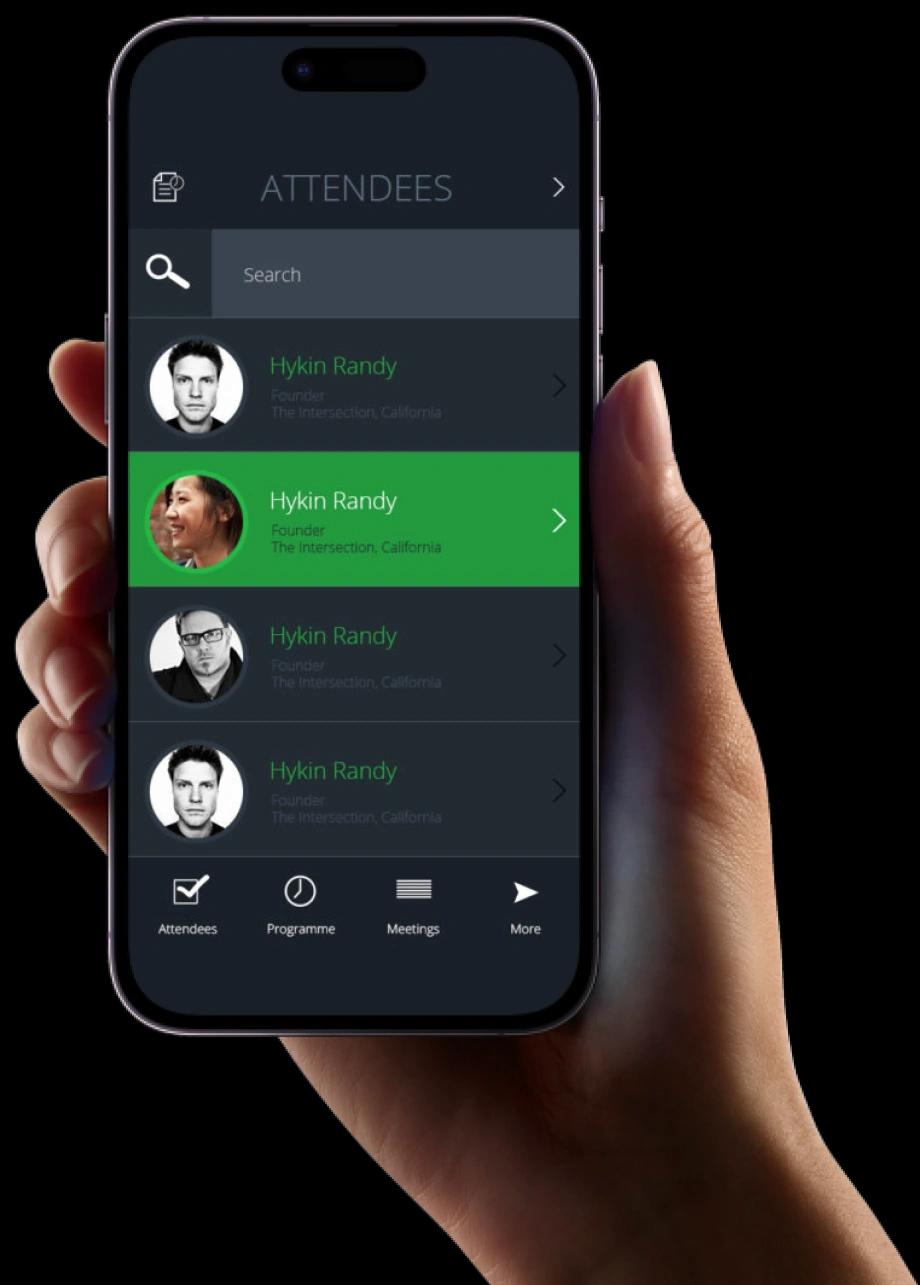Exaud Blog
Blog

What Is the Software Development Lifecycle? A Beginner’s Guide
Learn how the software development lifecycle works. Understand each SDLC phase and how to apply it in real custom software projects.Posted onby Exaud
Every software project, whether simple or complex, follow a process. That process is called the Software Development Lifecycle (SDLC). Understanding it helps you make better decisions, collaborate effectively with your development team and ensure that your project is delivered on time and within budget.
In this beginner's guide, we explain what the Software Development Lifecycle is, break down each phase step by step and show how it applies to real-world projects
What Is the Software Development Lifecycle?
The Software Development Lifecycle (SDLC) is a structured process used by development teams to design, build, test, and deliver software applications. It provides a clear roadmap that helps manage time, cost, and quality throughout the project.
Each phase of the SDLC plays a specific role: from capturing the initial idea to maintaining the finished product after release. Whether you’re working on a custom mobile app, an embedded system, or an enterprise platform, SDLC ensures clarity and consistency.
Why SDLC Matters in Custom Software Development
In custom software projects, there are no two clients or solutions exactly alike. That’s why following a defined lifecycle is critical. It allows the development team to:
-Align with your business goals
-Minimize risks and unexpected costs
-Deliver working software iteratively
-Adapt as new needs emerge
The 7 Key Phases of the SDLC
Let’s break down each of the key phases in the software development lifecycle with examples and practical insights.
1. Planning
This is where it all begins. The project team defines goals, budget, timeline, and high-level technical scope.
Typical outputs:
-Project charter
-Risk assessment
-Initial timeline
Example: A retail company wants to digitize its inventory system. The planning phase defines objectives such as reducing stockouts by 30% and integrating with the existing POS.
2. Requirements Gathering
This phase focuses on understanding what the software must do. Developers work closely with stakeholders to define functional and non-functional requirements.
Deliverables:
-User stories or use cases
-Business rules
-Technical constraints
Tip: Involving end users early leads to more accurate and useful features.
3. Design
UX/UI designers and software architects create a blueprint for the application. This includes layout, data flow, architecture, and technology stack.
Deliverables:
-Wireframes
-UI mockups
-System architecture diagrams
4. Development
Developers write the actual code based on the specifications and designs. Depending on the methodology used (e.g., Agile), development may happen in sprints or phases.
Activities:
-Backend and frontend development
-API integration
-Embedded logic (if applicable)
Explore Exaud’s embedded software capabilities
5. Testing
Software is tested to identify bugs, verify functionality, and ensure everything works as intended.
Types of testing:
-Unit testing
-Integration testing
-User acceptance testing (UAT)
Example: A wearable healthcare app undergoes UAT with clinicians to verify real-world usability.
View wearable app development in action
6. Deployment
The final product is released into the target environment: whether it’s a production server, an app store, or a client device.
Considerations:
-Cloud or on-premise setup
-Rollback plans
-DevOps pipelines
7. Maintenance
The SDLC doesn’t end at launch. Ongoing support is essential to fix bugs, optimize performance, and add new features.
Activities:
-Monitoring
-Patching
-Iterative enhancements
SDLC Methodologies: Agile vs Waterfall
There’s more than one way to implement the SDLC. The two most common methodologies are:
Waterfall: A linear, sequential model - each phase is completed before the next begins. Best suited for fixed-scope, highly regulated projects.
Agile: An iterative, collaborative model - development occurs in short sprints with frequent feedback. Ideal for evolving needs and fast-paced environments.
At Exaud, we use Agile in most custom projects to ensure early delivery and constant alignment with the client.
How Exaud Applies the SDLC
We tailor the SDLC to each client based on:
-Project size and complexity
-Stakeholder involvement
-Required flexibility
-Regulatory environment
Whether you need a quick MVP or a long-term enterprise-grade solution, we provide a clear roadmap from planning to post-launch maintenance.
Final Thoughts
Understanding the software development lifecycle gives you the power to navigate your project with confidence. By knowing what happens at each stage, you can set better expectations, give more meaningful feedback, and spot risks early.
If you're planning a custom software project and want a partner who guides you through each stage of the SDLC with transparency and expertise, contact the Exaud team. We’ll help you build it and get it right from day one.
Related Posts
Subscribe for Authentic Insights & Updates
We're not here to fill your inbox with generic tech news. Our newsletter delivers genuine insights from our team, along with the latest company updates.